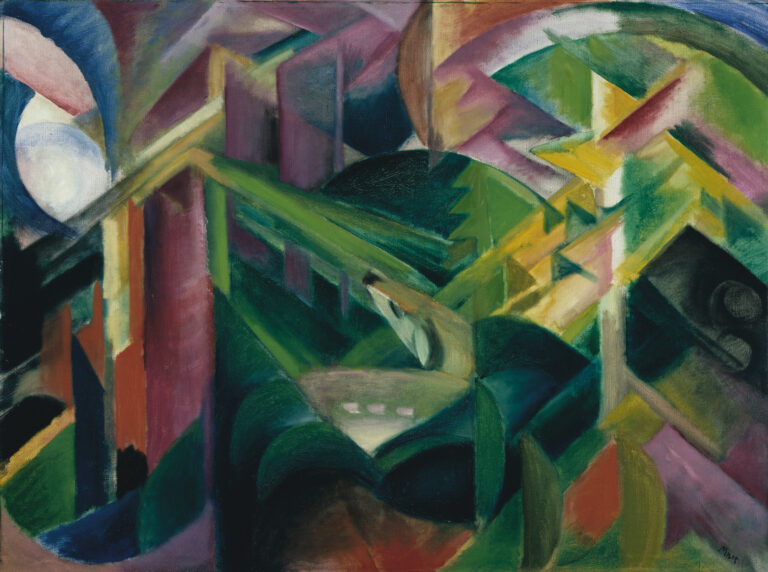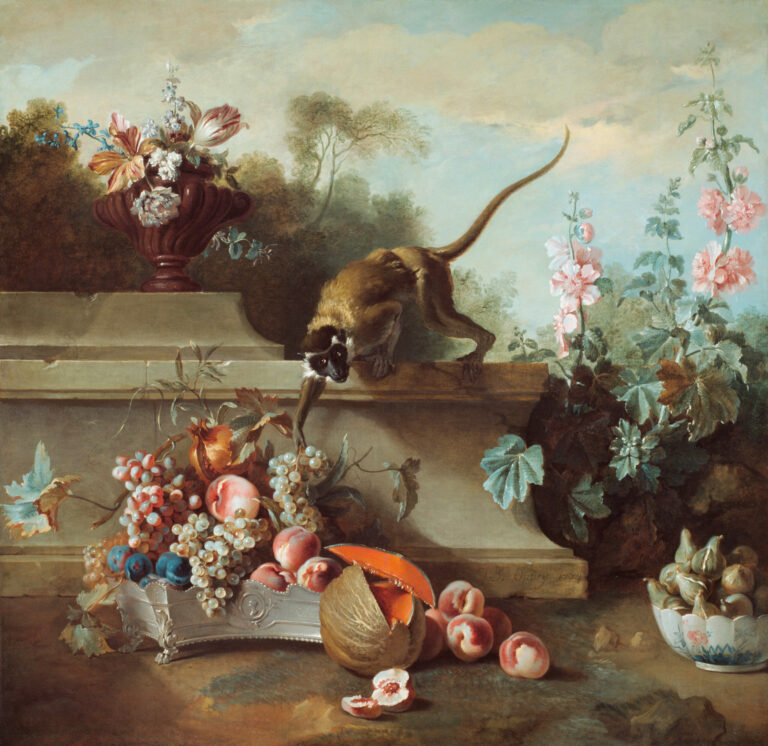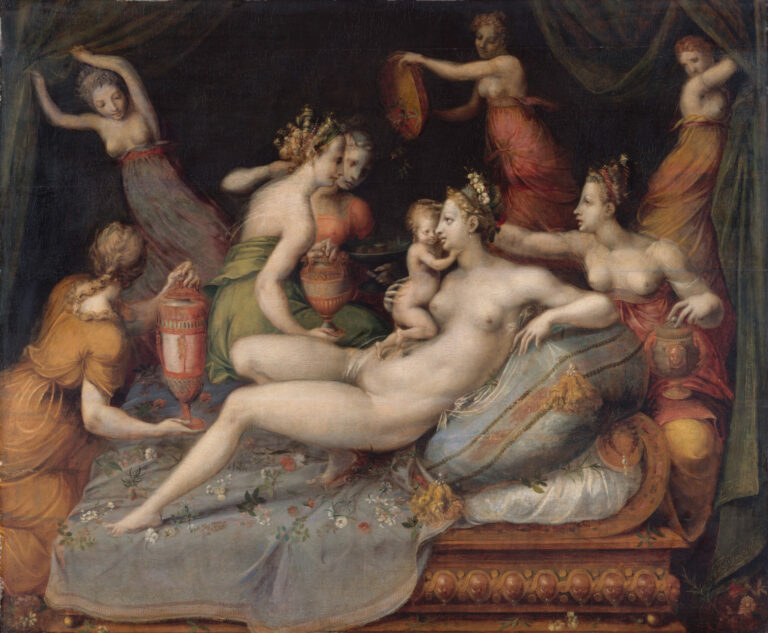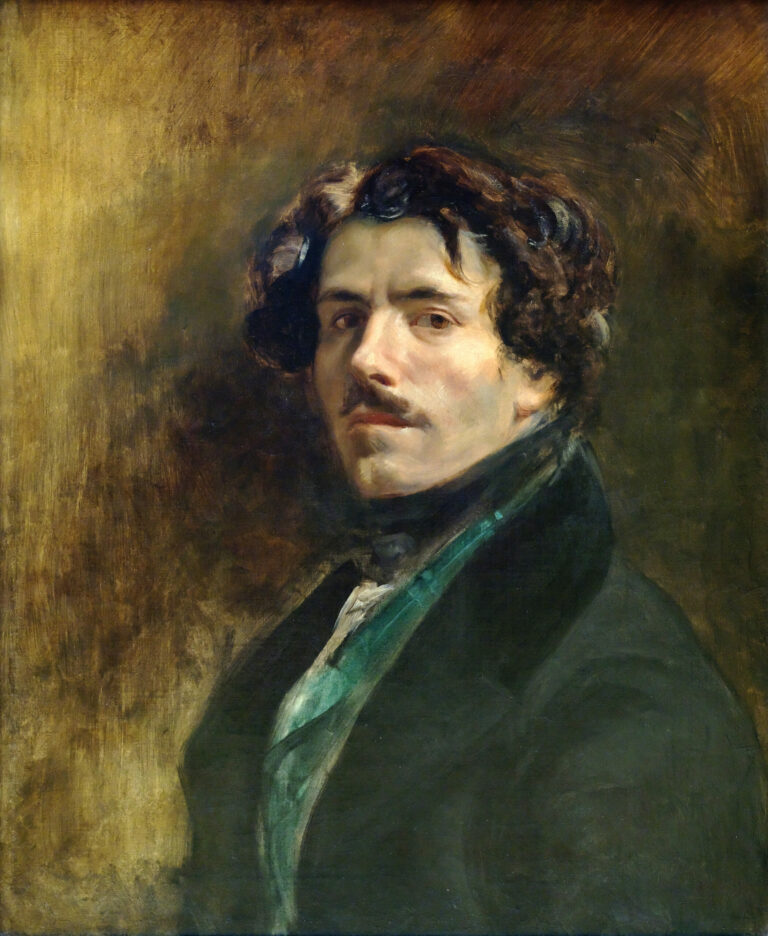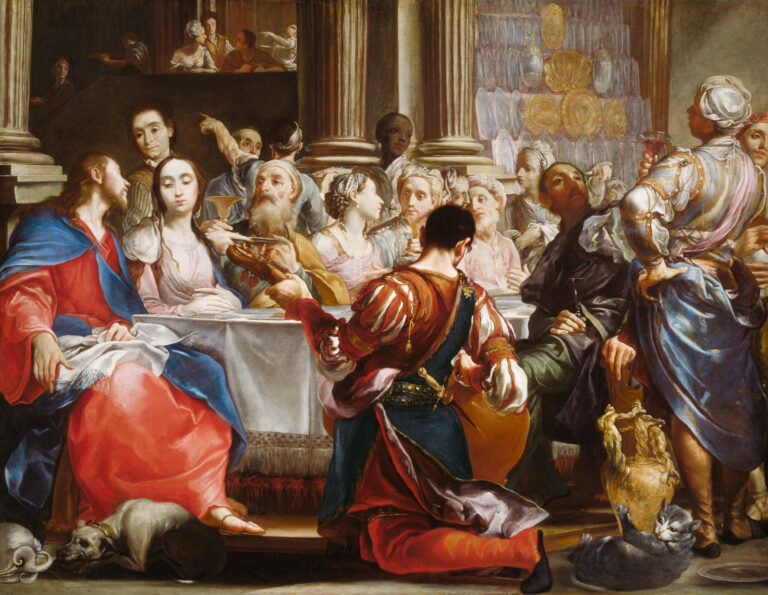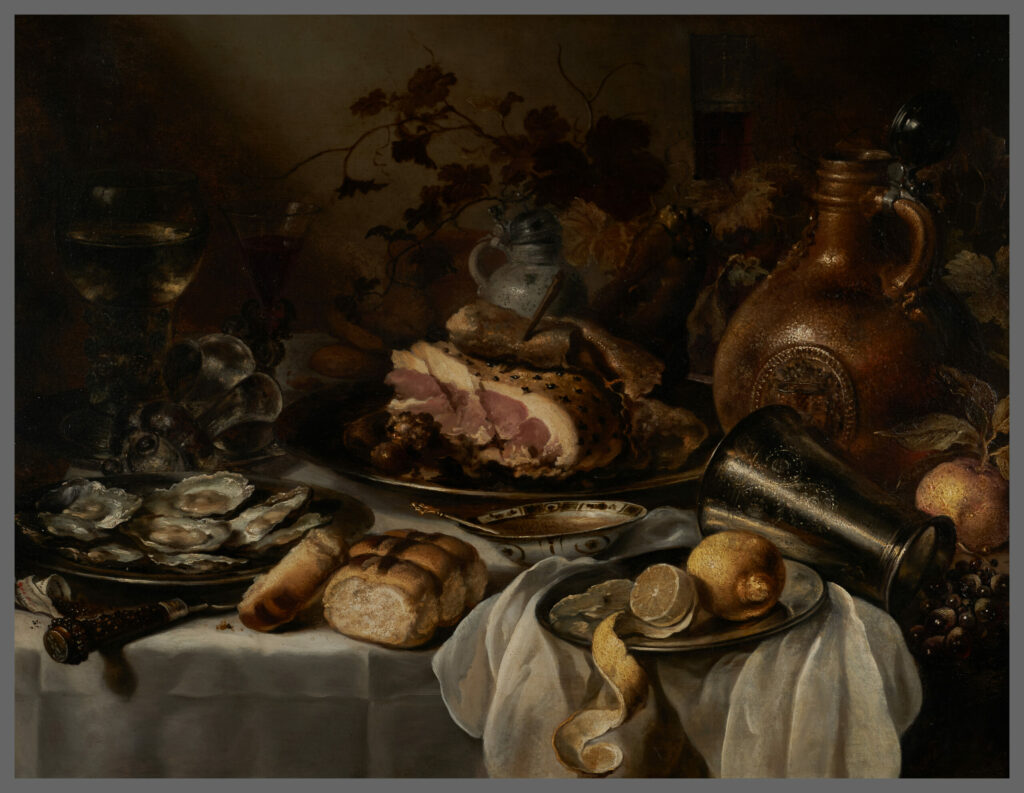
Let us immerse ourselves in Pieter Claesz’s world with this “Still Life with Ham,” a masterful work painted between 1640 and 1649. This painting, a triumph of illusionism, captures the essence of the “laid table” theme so dear to the artist.
On an immaculate white tablecloth, various objects and foods are arranged with calculated precision. The ham, centerpiece of this composition, immediately draws the eye with its realistic texture and appetizing color. Beside it, a delicately chiseled goblet, ripe fruits, and silver utensils gleam under soft light, creating perfect visual harmony.
Each element is treated with meticulous attention, paying homage to the richness of textures and materials. This painting is not merely a representation of a meal, but a genuine invitation to contemplation and sensory awakening.
Further Context
- Still Life with Ham by Pieter Claesz, c. 1640/1649
- 65 x 86 cm
- Paris Musées, Petit Palais, Museum of Fine Arts of the City of Paris, displayed on the Ground Floor, Room 29
- https://www.parismuseescollections.paris.fr/fr/petit-palais/oeuvres/nature-morte-au-jambon
Pieter Claesz, born in 1597 and deceased in 1660, is one of the undisputed masters of 17th century Dutch still life painting. Originally from Berchem, near Antwerp, he settled in Haarlem where he developed his art.
Claesz is particularly renowned for his “laid table” compositions, where he excels at representing the richness and diversity of foods and tableware. His style is characterized by great precision in rendering textures and materials, as well as mastery of light and shadow.
His works, often imbued with symbolism, invite reflection on the fleeting nature of life and the vanity of earthly pleasures. Claesz captured the essence of his era, leaving behind an artistic legacy that continues to fascinate.

